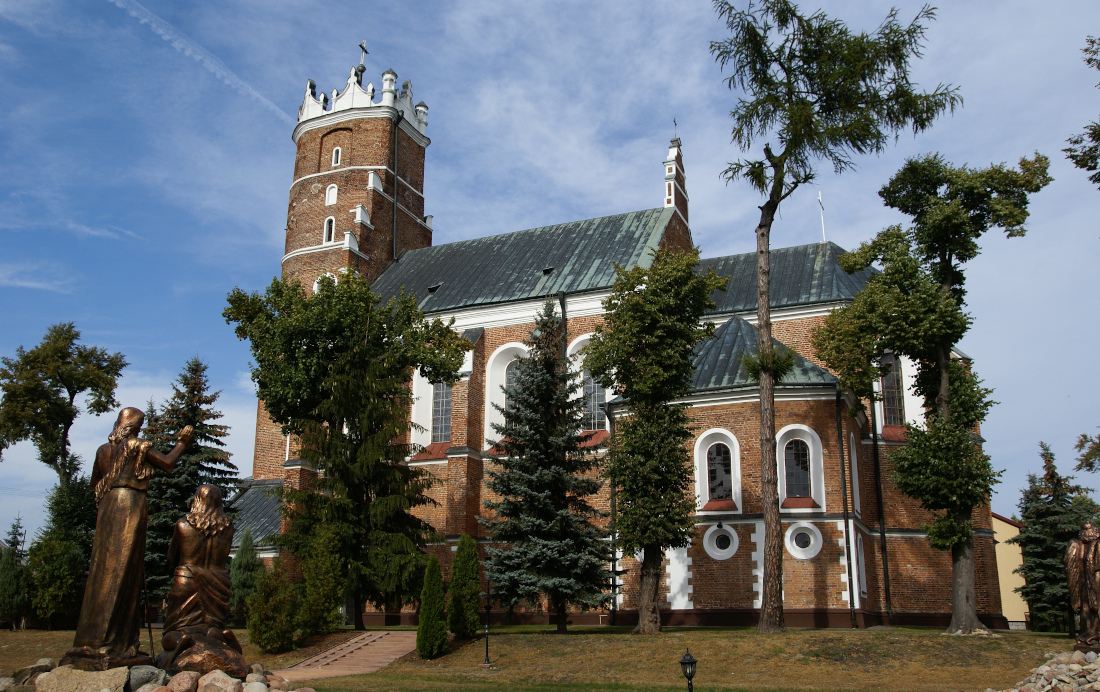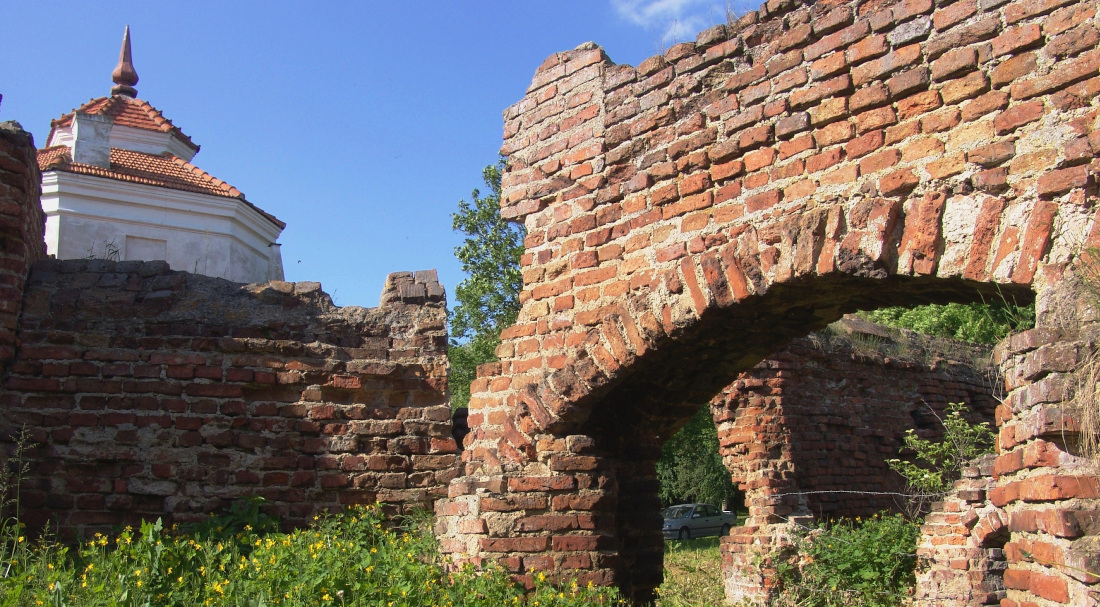a-j

W Borowicy (pow. krasnostawski), malowniczo położonej nadwieprzańskiej wsi, znajduje się prawdziwa perełka architektury – modrzewiowy Kościół pw. Przemienienia Pańskiego. Projektantem wzniesionego w latach 1797 – 1799 kościoła był Jakub Kubicki – architekt króla Stanisława Augusta, autor m in. przebudowy Belwederu. Ten klasycystyczny kościół został zbudowany z bali modrzewiowych łączonych w jaskółczy ogon z wykorzystaniem nietypowych łączeń ciesielskich, których nie spotkamy poza Borowicą. Także wyjątkowy rzut przyziemia, łączący ośmiobok z wpisanym w jeg ...

At the junction of the Kosarzewka and Gałęzówka rivers, on the Giełczew Highlands, lies Bychawa. The town the town obtained municipal charter as early as 1537. However, the history of Bychawa and its surroundings begins centuries earlier. Already in the early medieval times there was settlement here. This is evidenced by traces of the pre-Piast stronghold discovered near the northern administrative border of the city. ...

A small village located about 20 km south of Lublin lies in the valley of a small watercourse – the Kosarzewka river. Thanks to the high towers of the parish church, the town is noticeable from afar. Temple of All Saints was built in the years 1797-1816, but it is very likely that the parish in Bychawka had already existed as early as in the mid XIV century. The brick, single-nave church resembles the Renaissance style with its architecture. The interior is distinguished by a beautiful, wooden main altar and historic XIX century paintings. Gustaw Doliński, a doctor and writer, best man ...

Picturesquely located by the Uherka River near the Ukrainian border, Chełm is famous for the unique in Europe chalk tunnels. The labyrinth of corridors winding under the city was the result of chalk excavation from the XVI to the early XX century. The underground route has been made available to visitors, and became a unique tourist attraction and permanent place of residence of Bieluch the Ghost. ...

Chłopiatyn is a village in the Volyn Upland, located only a few kilometers from the Ukrainian border. There is a charming, wooden, XIX century Greek Catholic church of the Descent of the Holy Spirit - currently used as a Catholic church. The three-dome building was built in accordance with the principles of traditional orthodox church architecture. It's distinguished by architectural details and rich woodcarving decorations covering a gallery suspended above the main entrance, among others. The interior including iconostasis and rococo-folk polychromies has survived to this day ...

Chodel is currently a summer resort village with a reservoir and bathing area on the Chodelka River, located about fifteen kilometers from Opole Lubelskie. Interestingly, the town once possessed a municipal charter and was a private nobility property. A typical urban layout has survived to this day, with the market square and adjacent buildings. The dominant element of the market square is the XVI century Gothic-Renaissance Church of the Holy Trinity and the Nativity of the Blessed Virgin Mary, with a 35-meter high tower. When visiting the impressive interior of the church, it i ...

The largest of early-medieval Slavic settlements built between the VIII and X century. upon the Chodelka River. Surrounded by a triple rampart of earth and wooden defence structures, Chodlik covered an area of 9 hectares and had almost 10,000 inhabitants (including the neighbouring villages). ...


A village in the Poviat of Lublin, on the Czerniejówka river. Historic sights include a church from the turn of the XVI and XVII centuries, in the type of the Lublin Renaissance style. In the nearby cemetery, next to the graves of people of merit for the parish and the mass grave of the patriots executed in 1942, we can find an unusual, old tombstone in the form of an earth mound covered with concrete (erected according to the old tradition of burials). ...

A village located just beyond the western border of the voivodeship capital, is almost as old as Lublin itself. The first mentions of it come from 1317, so exactly from the same time when the nearby settlement received its city charter. It was then that Duke Władysław Łokietek raised its rank and strengthened the importance of Dąbrowica for several centuries, handing the village into the hands of the mighty Firlej family. The Firlejs, who settled in these lands for good, from the beginning of the XV century signed themselves "de Dombrovica", and thus identifying themselves with the receive ...
Page 2 of 5









